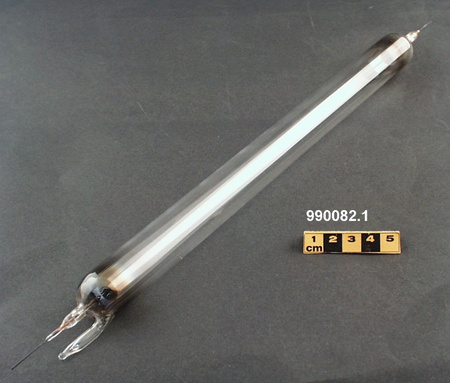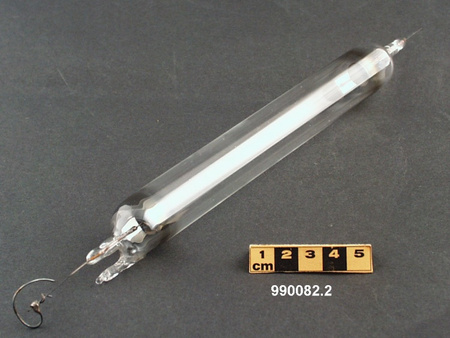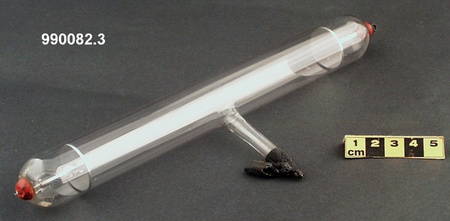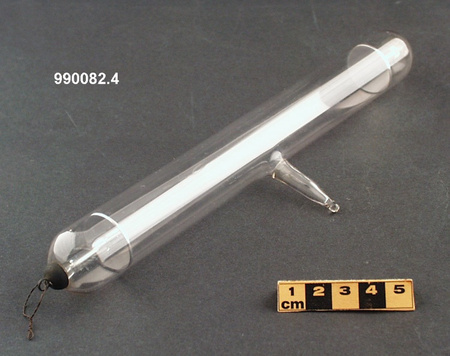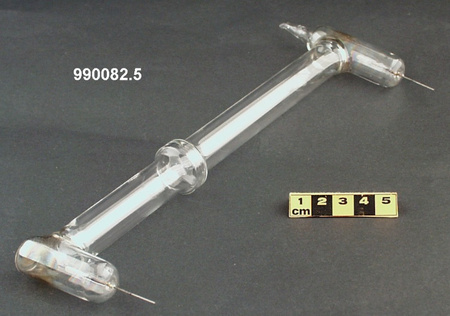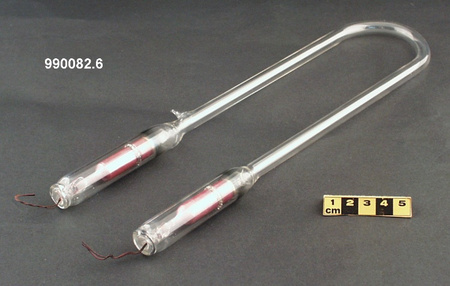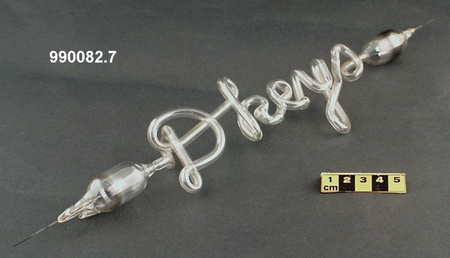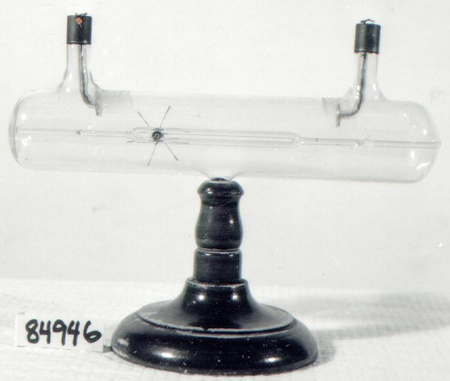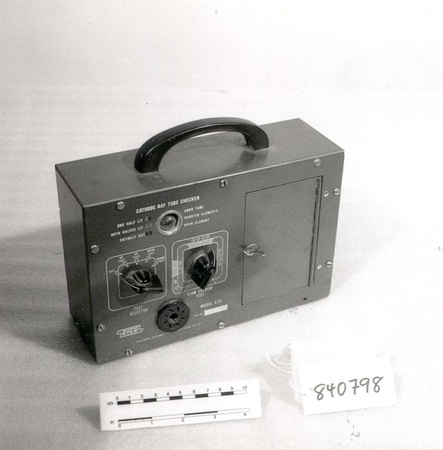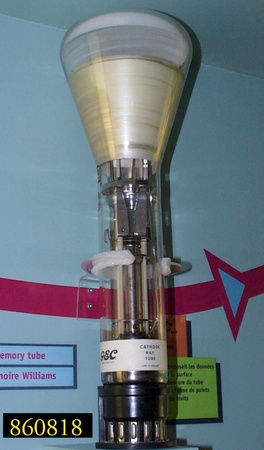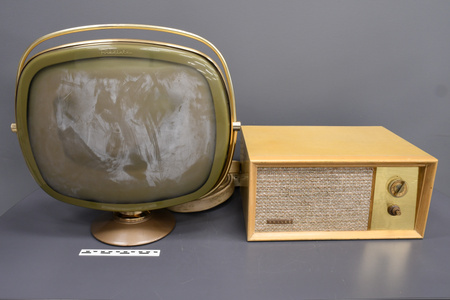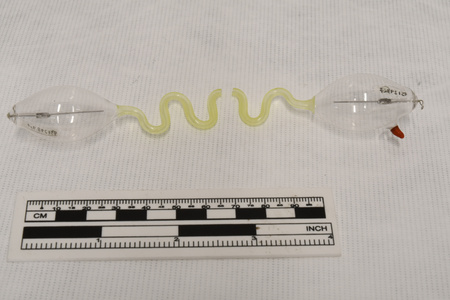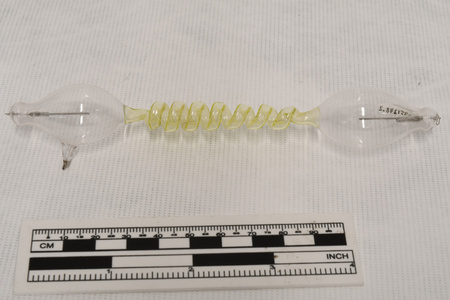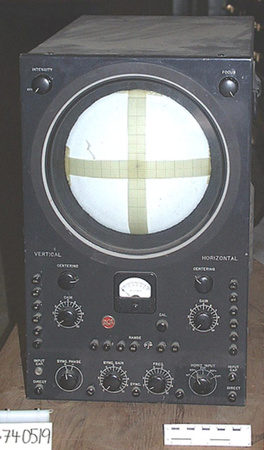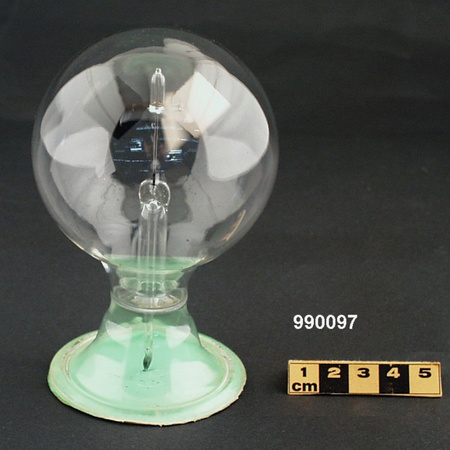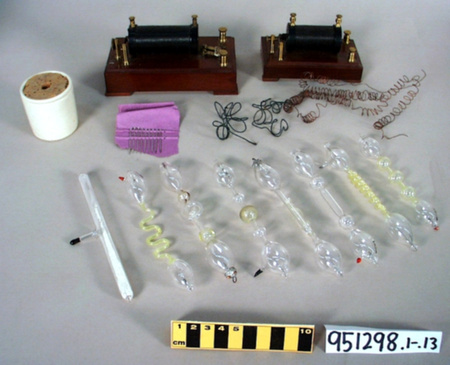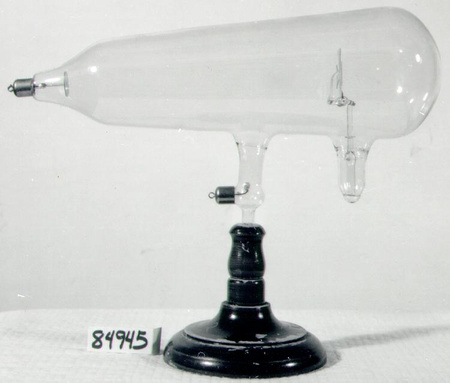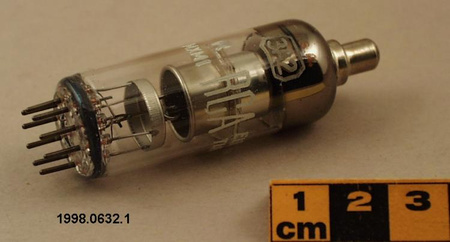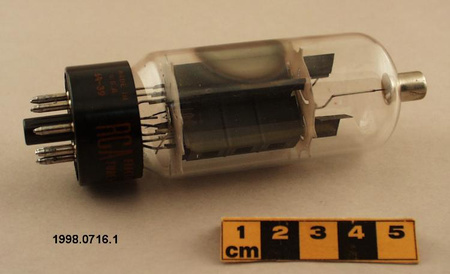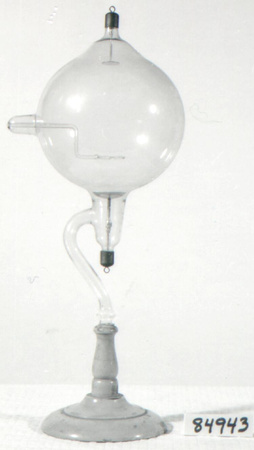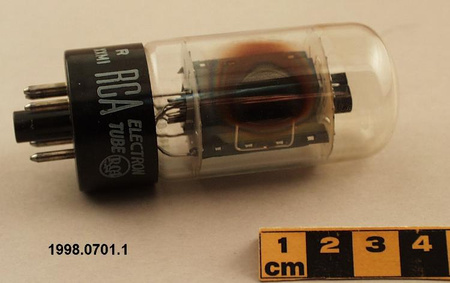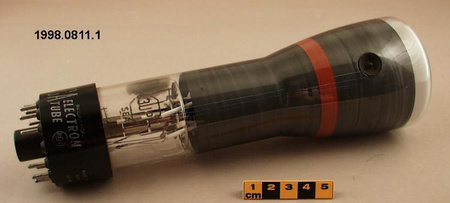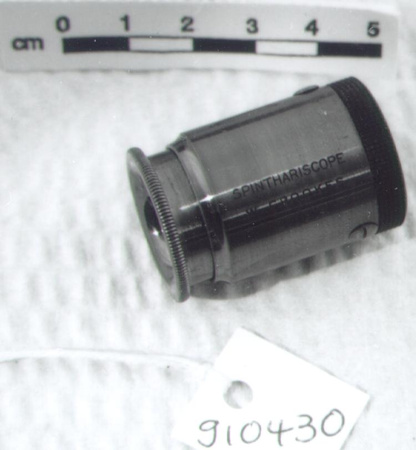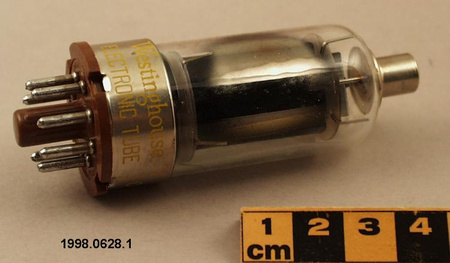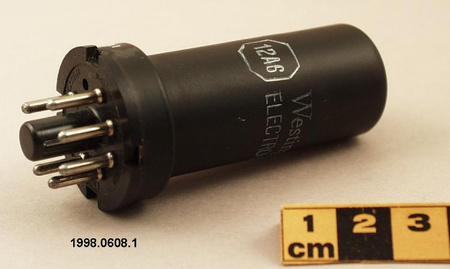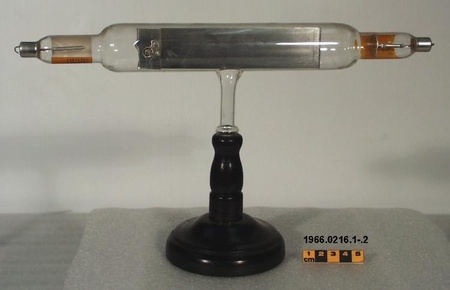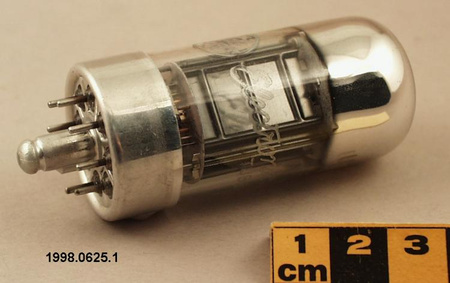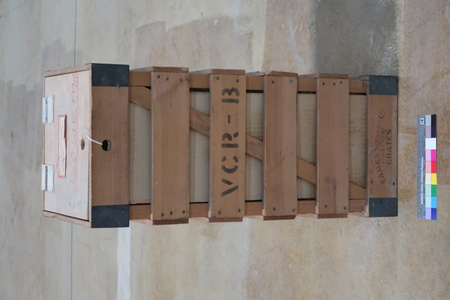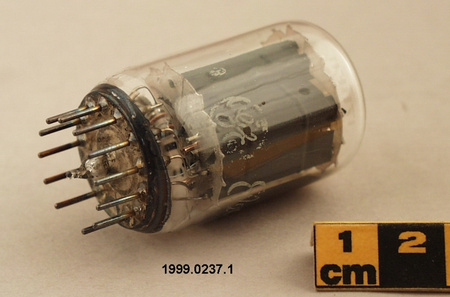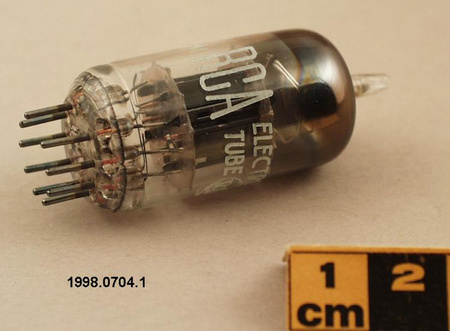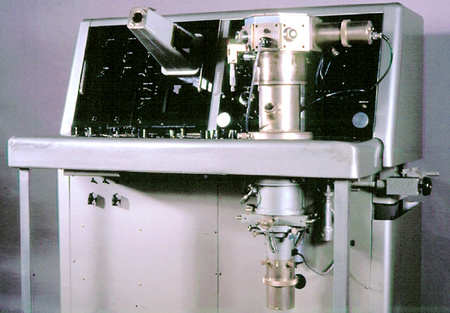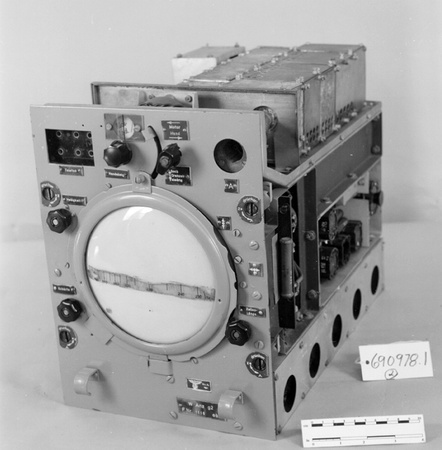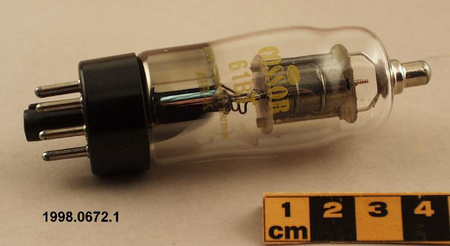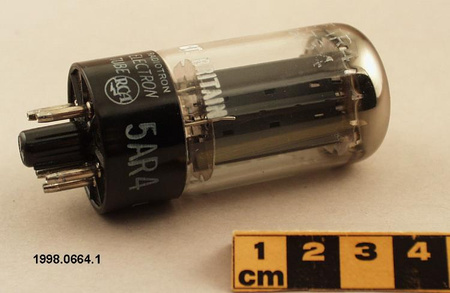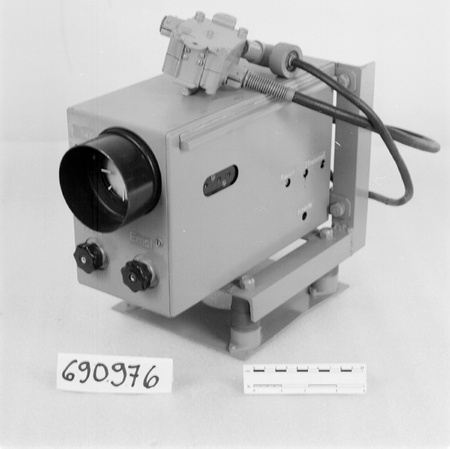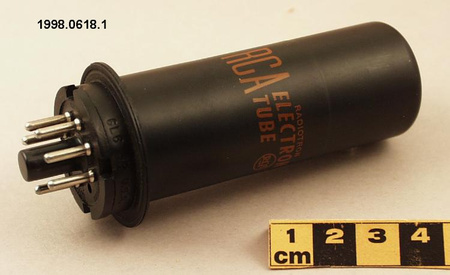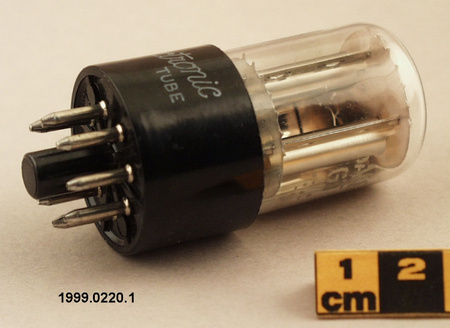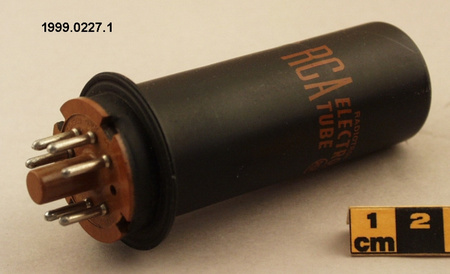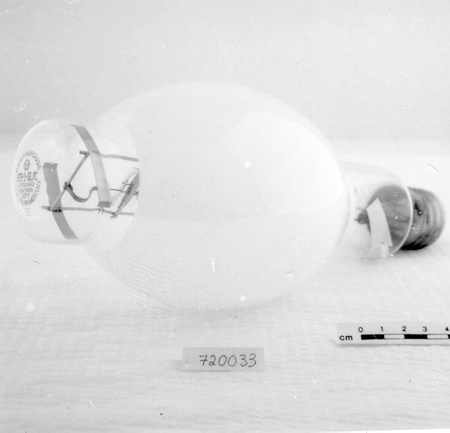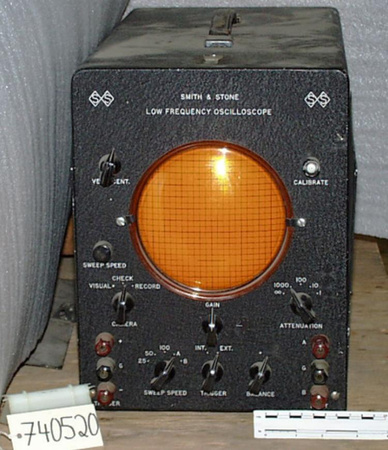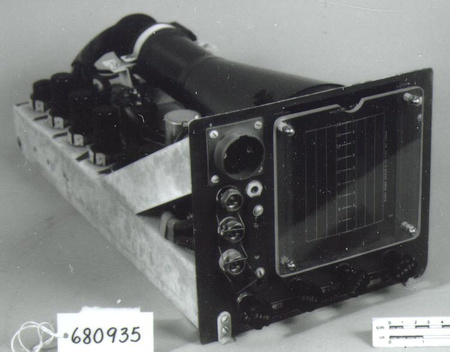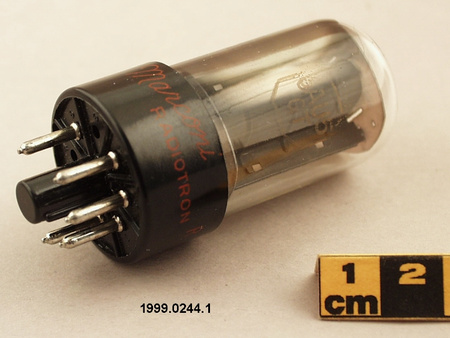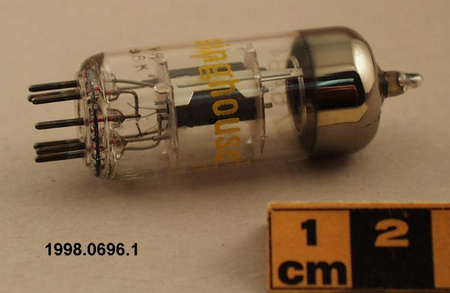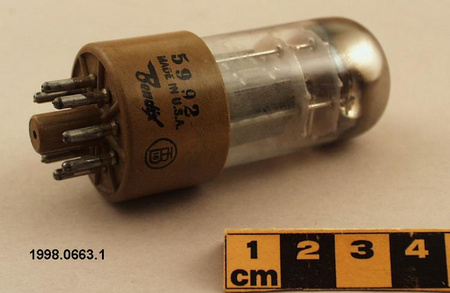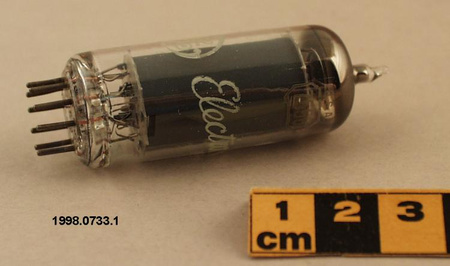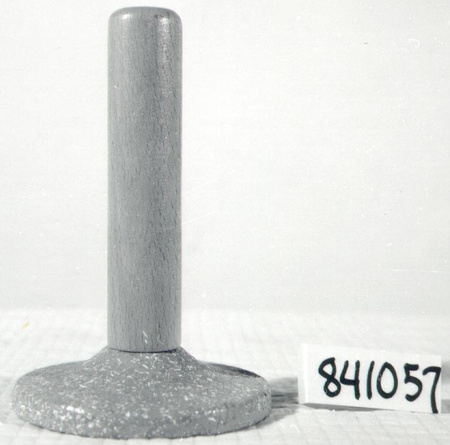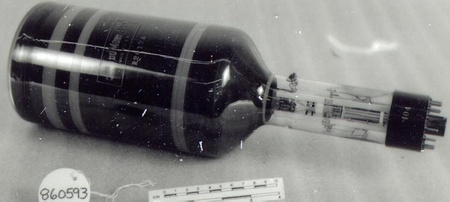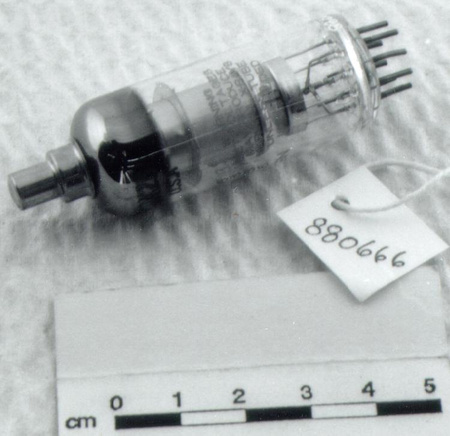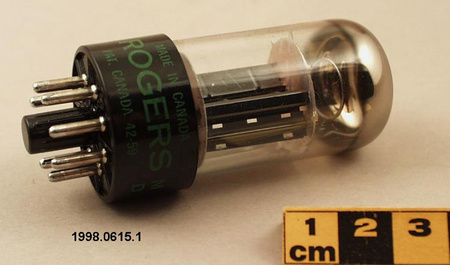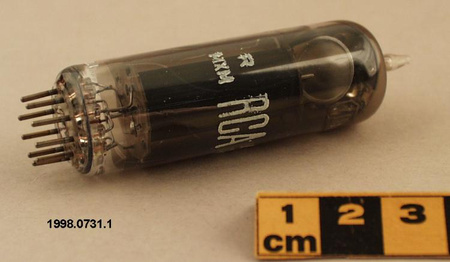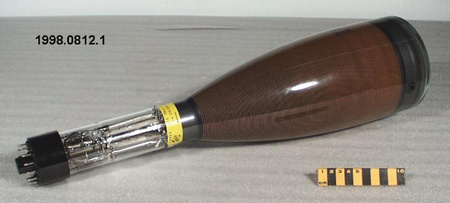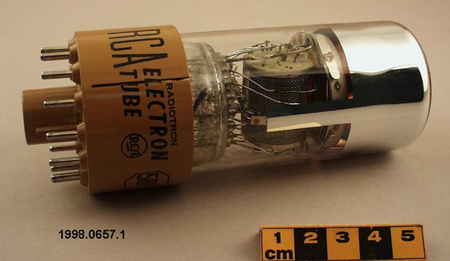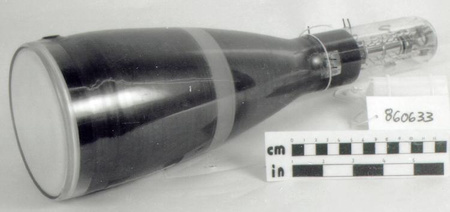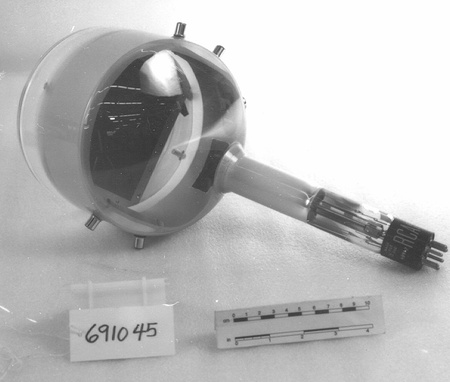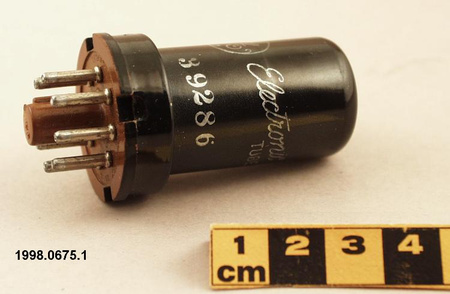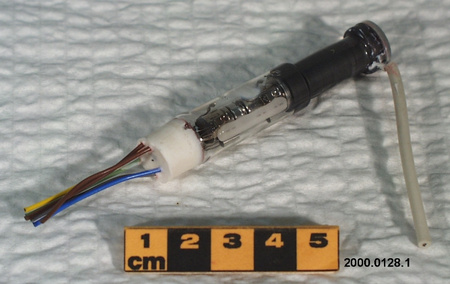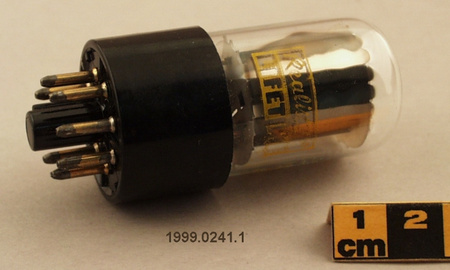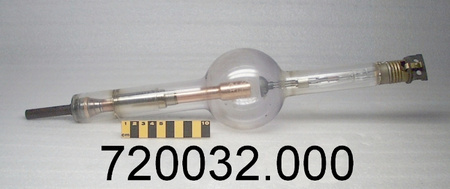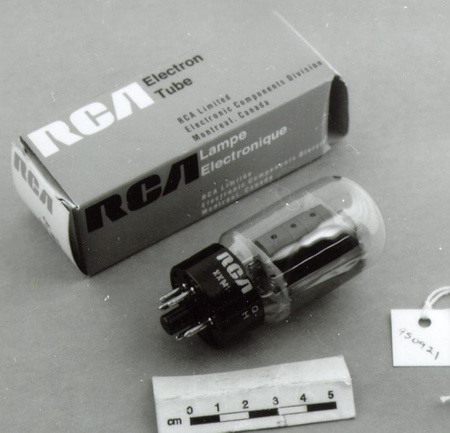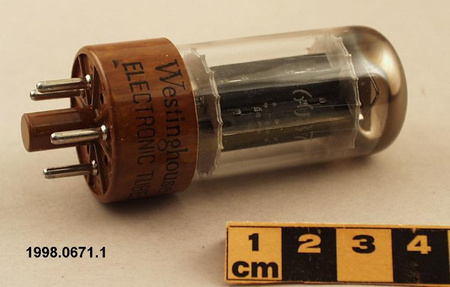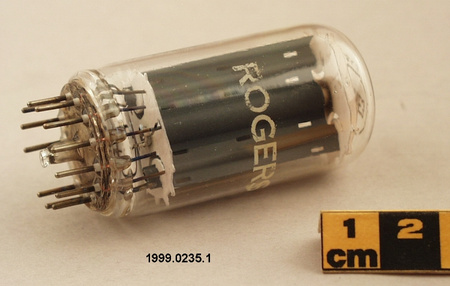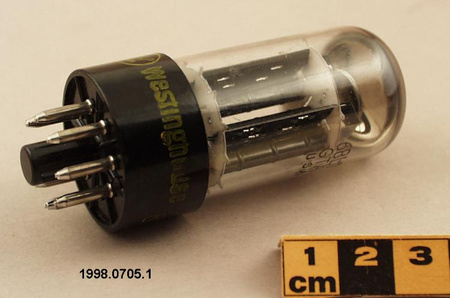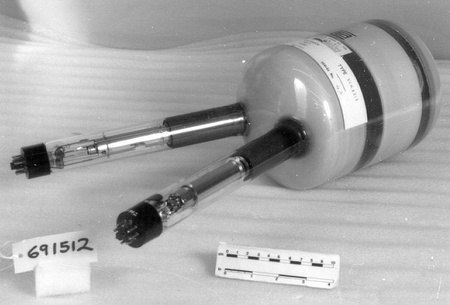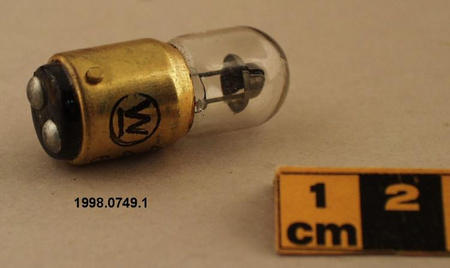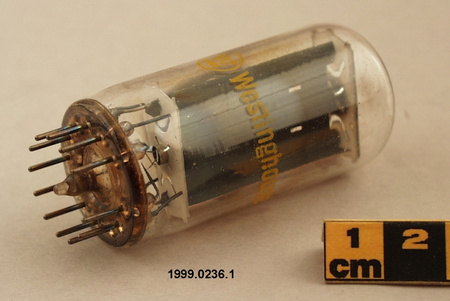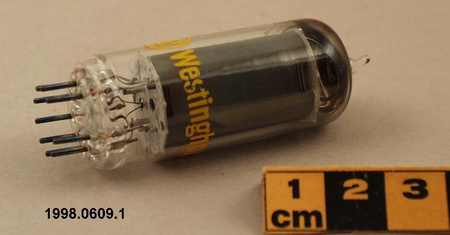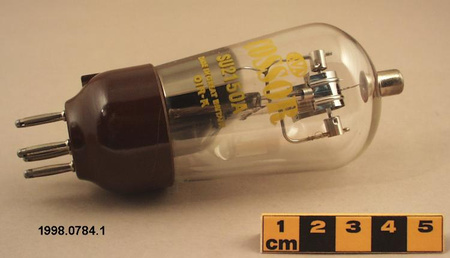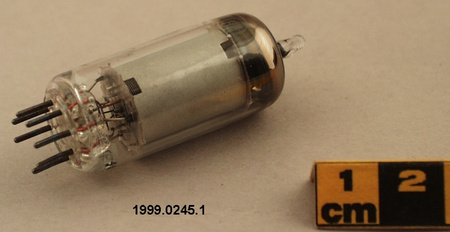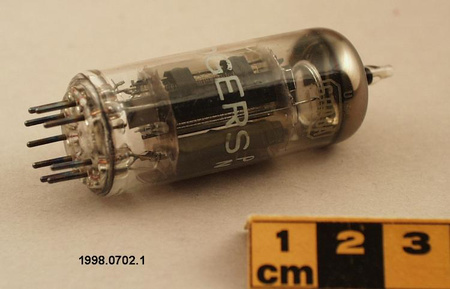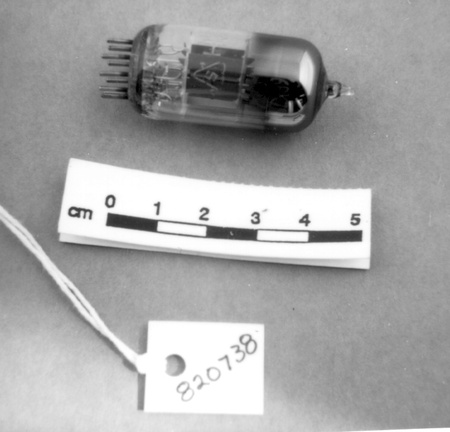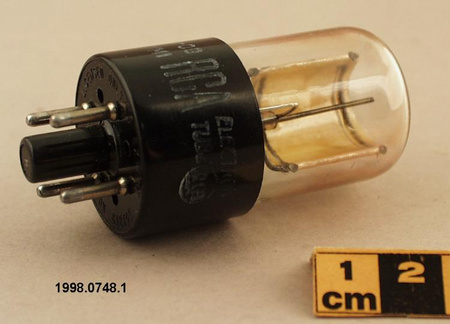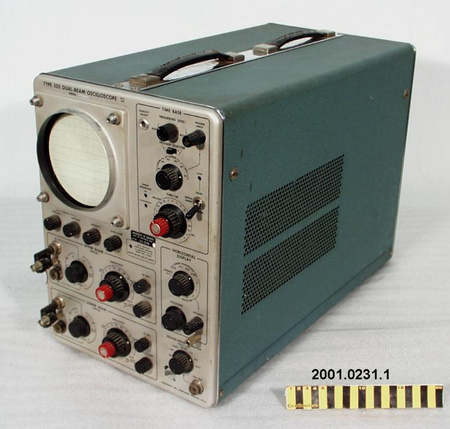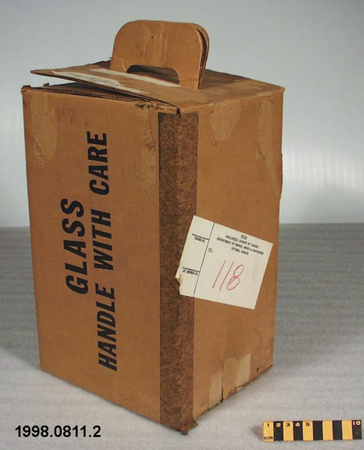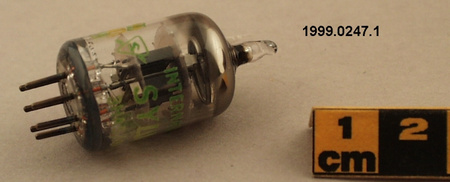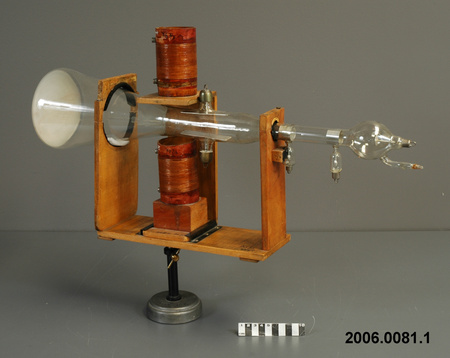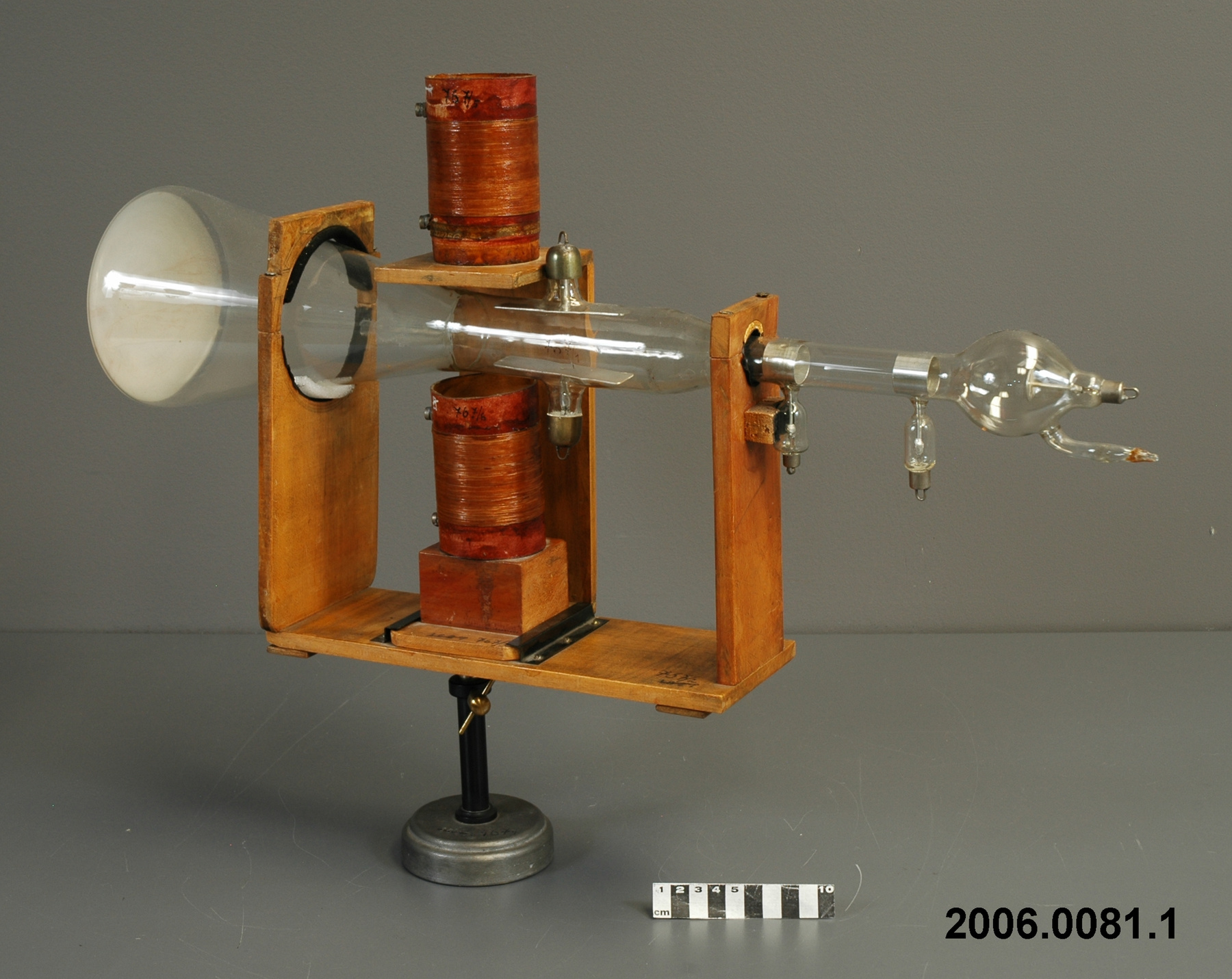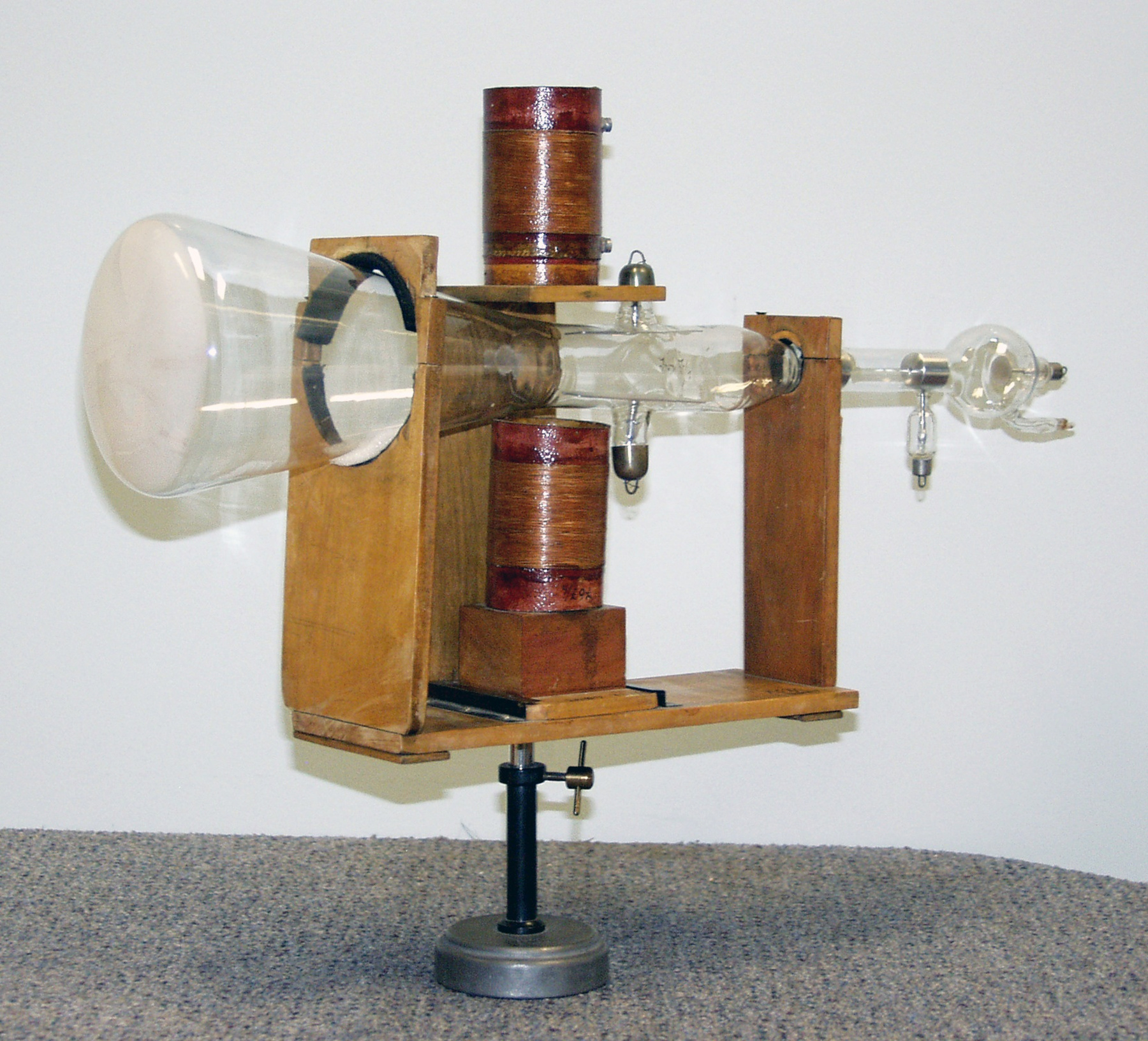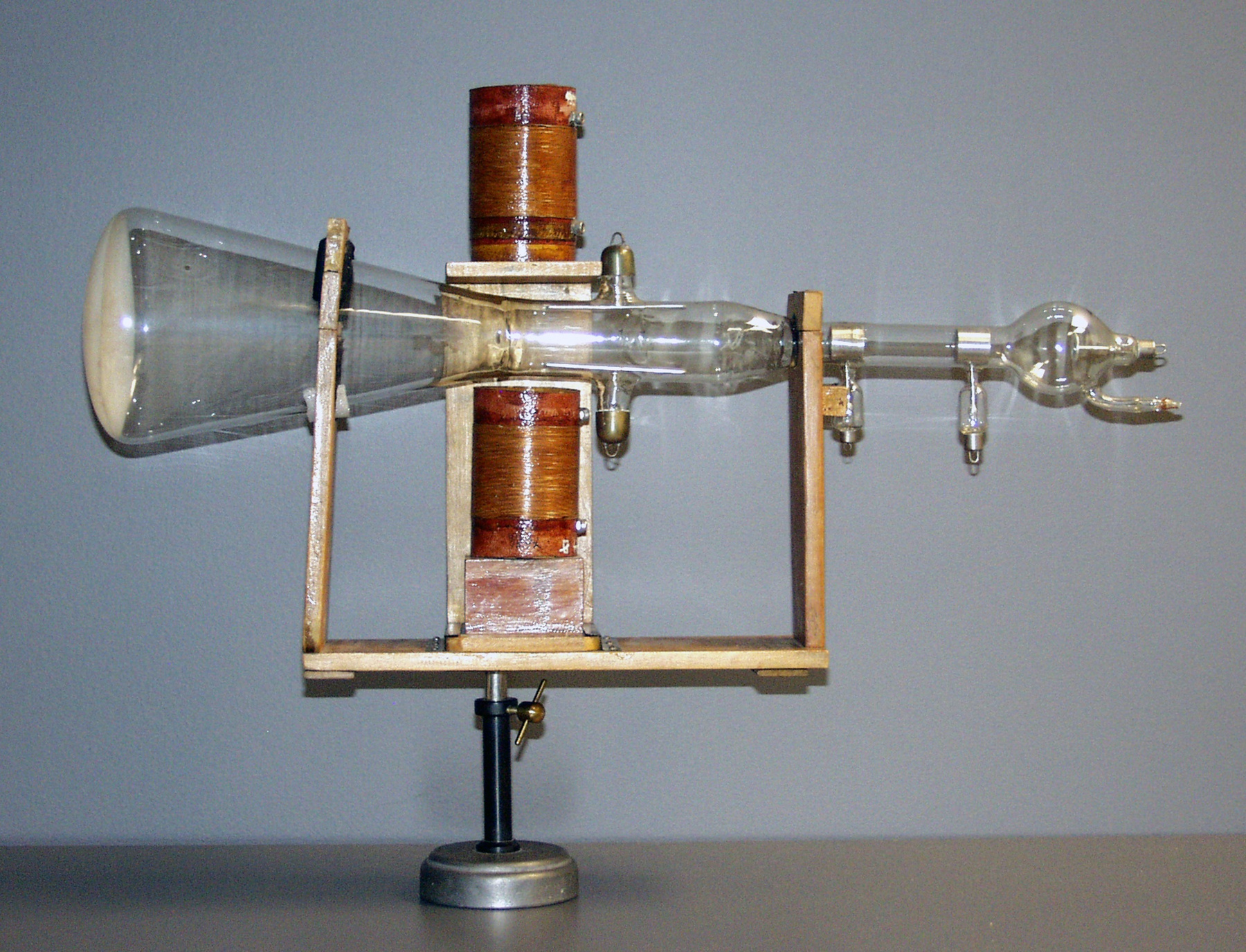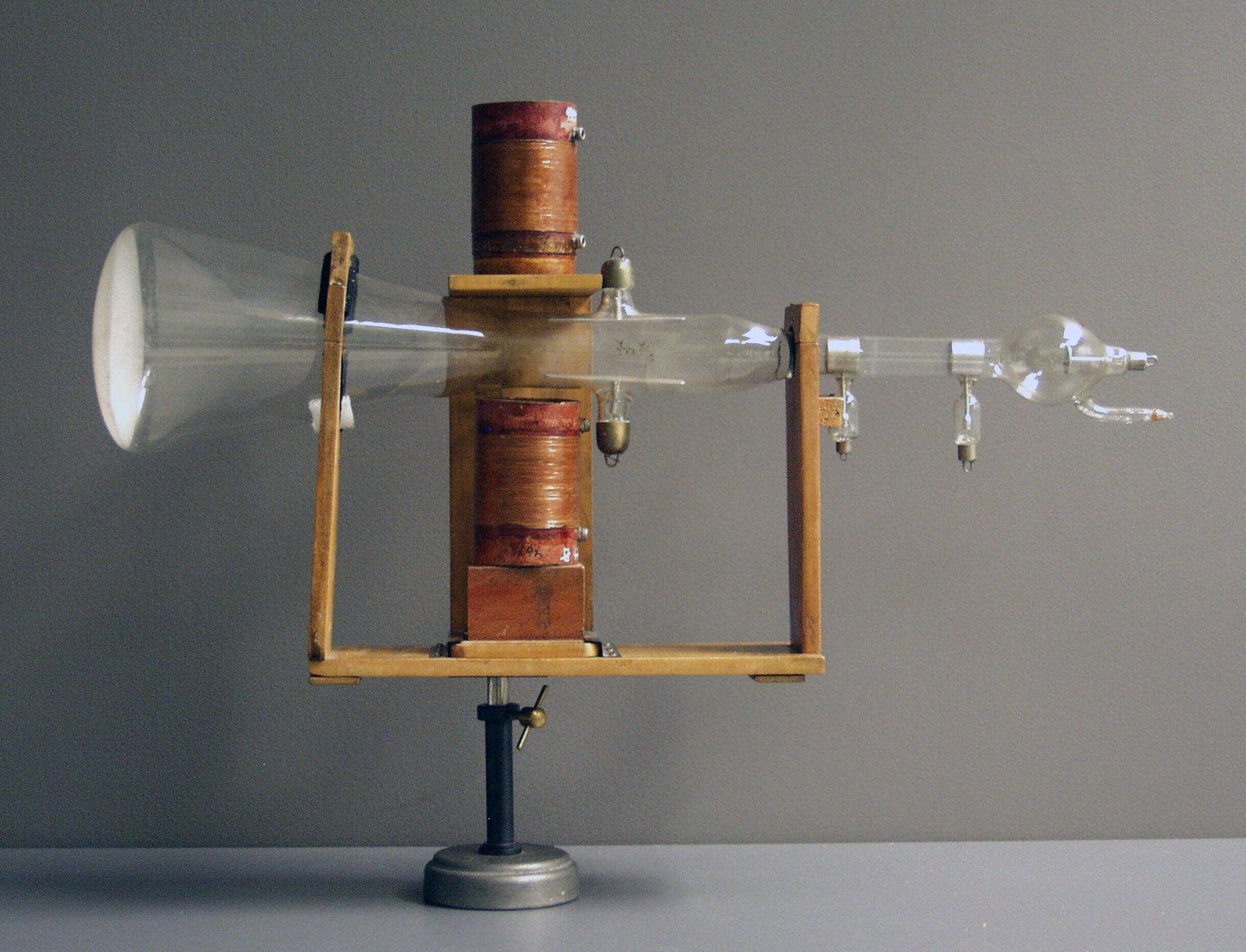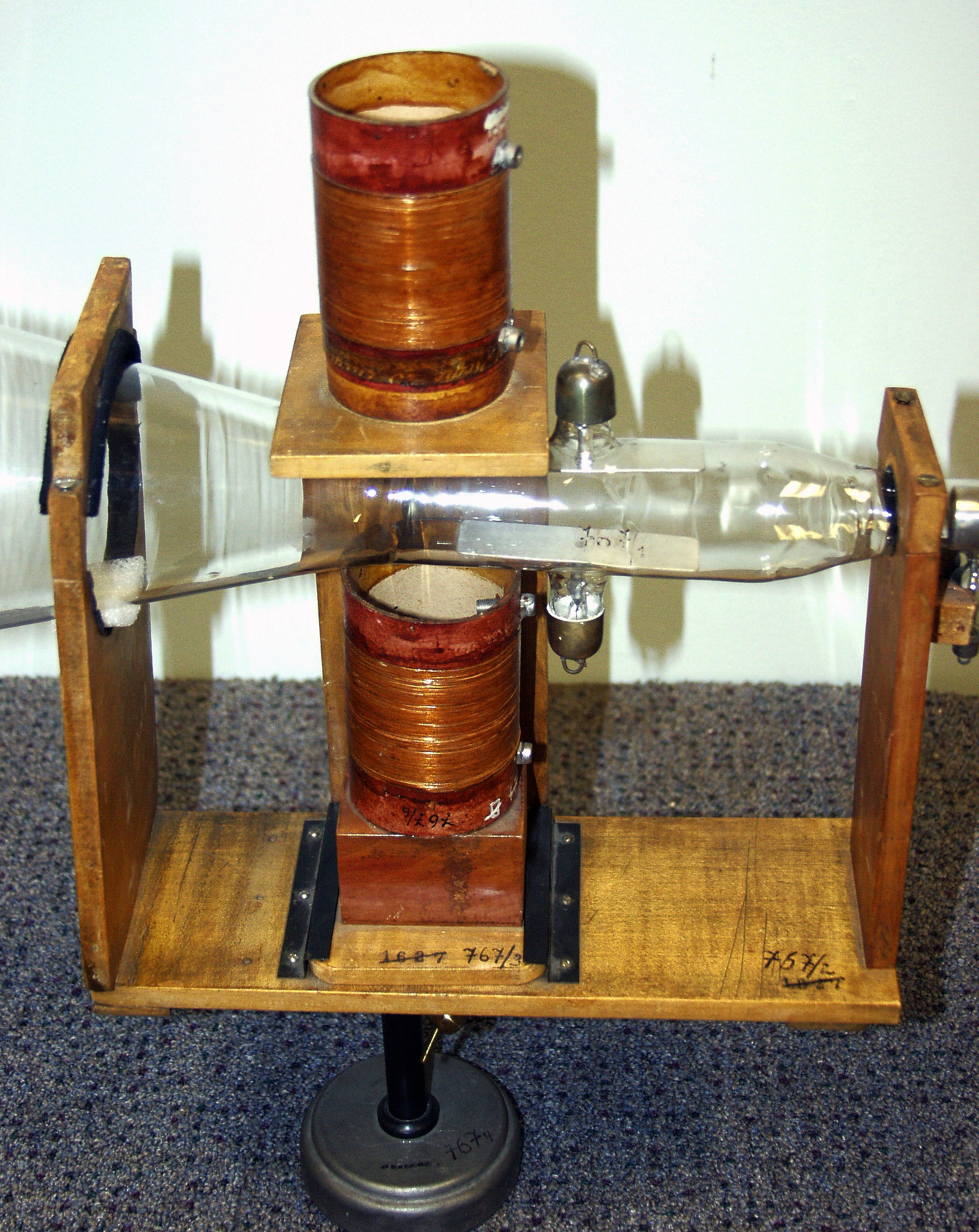Tube, Braun
Utiliser cette image
Puis-je réutiliser cette image sans autorisation? Oui
Les images sur le portail de la collection d’Ingenium ont la licence Creative Commons suivante :
Copyright Ingenium / CC BY-NC-ND (Attribution-NonCommercial 4.0 International (CC BY-NC 4.0)
ATTRIBUER CETTE IMAGE
Ingenium,
2006.0081.001
Permalien:
Ingenium diffuse cette image sous le cadre de licence Creative Commons et encourage son téléchargement et sa réutilisation à des fins non commerciales. Veuillez mentionner Ingenium et citer le numéro de l’artefact.
TÉLÉCHARGER L’IMAGEACHETER CETTE IMAGE
Cette image peut être utilisée gratuitement pour des fins non commerciales.
Pour un usage commercial, veuillez consulter nos frais de reproduction et communiquer avec nous pour acheter l’image.
- TYPE D’OBJET
- vacuum
- DATE
- 1910
- NUMÉRO DE L’ARTEFACT
- 2006.0081.001
- FABRICANT
- Inconnu
- MODÈLE
- Inconnu
- EMPLACEMENT
- Europe
Plus d’information
Renseignements généraux
- Nº de série
- S/O
- Nº de partie
- 1
- Nombre total de parties
- 1
- Ou
- Braun tube
- Brevets
- S/O
- Description générale
- Glass tube with metal parts/ Wood stand with rubber padding/ Cast iron stand/ Non-ferrous metal parts/ Copper wire coils on cardboard tubes
Dimensions
Remarque : Cette information reflète la taille générale pour l’entreposage et ne représente pas nécessairement les véritables dimensions de l’objet.
- Longueur
- 63,0 cm
- Largeur
- 13,0 cm
- Hauteur
- 45,6 cm
- Épaisseur
- S/O
- Poids
- S/O
- Diamètre
- S/O
- Volume
- S/O
Lexique
- Groupe
- Communications
- Catégorie
- Télévision
- Sous-catégorie
- S/O
Fabricant
- Ou
- Inconnu
- Pays
- Europe
- État/province
- Inconnu
- Ville
- Inconnu
Contexte
- Pays
- Europe
- État/province
- Inconnu
- Période
- circa 1910+
- Canada
-
This Braun tube does not have any direct connection with Canada. It appears to be a piece of apparatus used in a school setting for demonstration purposes. - Fonction
-
An early cathode ray tube which appears to havebeen used in an academic setting for demonstration purposes. - Technique
-
This is a very early example of a cathode ray tube, the essential component in television cameras and receivers for most of the 20th century. Instead of the electro-mechanical process pursued in the 19th and early 20th centuries, television in the 1920s and 1930s developed along a fully electronic path, building on the cathode ray tube. As early as 1878, Sir William Crookes (Britain) had built a long glass vacuum tube with a cathode at one end and anode at the other and used it to study 'cathode rays', beams of a particles (later called electrons) emitted by the heated cathode. The Crookes tube was used and modified by other physicists, particularly Sir J.J. Thomson, to explore the properties of these particles. In 1897, Karl Ferdinand Braun (Germany) found a way to focus and deflect these electron beams and to observe their path. The Braun tube was essentially a modified Crookes tube that used magnetic fields to direct the beam across the face of the tube, which had been coated with a fluorescent screen that lit up when struck by electrons. The Braun tube, or cathode ray tube(CRT), was the genesis of both the oscilloscope and the television picture tube. In 1907, Boris Rosing (Russia) proposing using the Braun tube for displaying an image that had been scanned and converted to an electronic signal. Patented in Britain in 1908 and 1911, Rosing's system assumed a mechanical scanning system at the transmission end. But in 1911 A.A. Campbell-Swinton (Britain) described a fully electronic television system based on CRTs for both transmission and reception. Soon after, the perfection of the vacuum tube triode provided the first means of amplifying the weak electrical signals of early experimental scanning devices. The essential elements for television were in place. Through the 1920s and 1930s researchers in the U.S. and Europe successfully developed a fully electronic television system based on the cathode ray tube. Only at the end of the 20th century did it begin to be supplanted by advance, semi-conductor based devices like the charge-coupled device (CCD) and the liquid crystal display (LCD). - Notes sur la région
-
Inconnu
Détails
- Marques
- Black hand printed lettring on parts reads on tube '767/1'; wood stand '767/2'; coil holder '767/3'; base '767/4'; coils '767/5' and '767/6'/ Hand written lettering on one coil is illegible because the top half is missing.
- Manque
- Unknown
- Fini
- Colourless transparent glass tube with white wide end, metallic parts/ Medium brown coated wood stand with black rubber padding/ Unfinshed grey base/ Black painted metal parts/ Copper coloured wire coils, brown cardboard tubes with bown coating
- Décoration
- S/O
FAIRE RÉFÉRENCE À CET OBJET
Si vous souhaitez publier de l’information sur cet objet de collection, veuillez indiquer ce qui suit :
Fabricant inconnu, Tube, Braun, vers 1910, Numéro de l'artefact 2006.0081, Ingenium - Musées des sciences et de l'innovation du Canada, http://collection.ingenium.ca/fr/id/2006.0081.001/
RÉTROACTION
Envoyer une question ou un commentaire sur cet artefact.
Plus comme ceci
